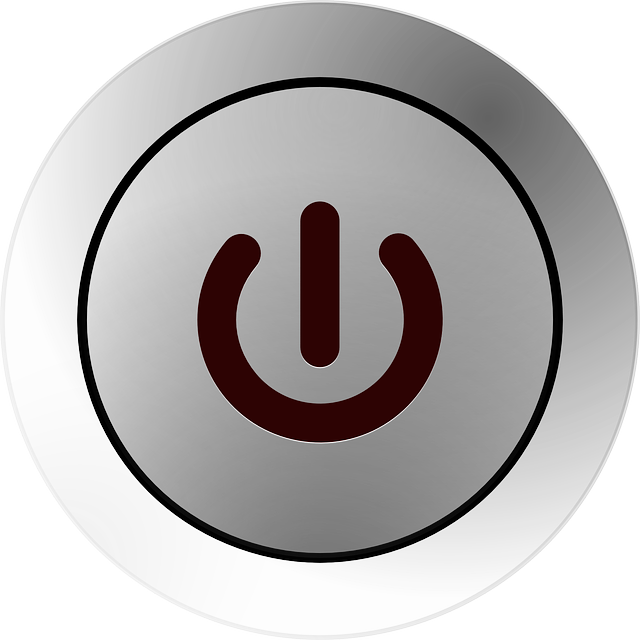Shutdown, Sleep, or Hibernate? The Great Windows Power Struggle!
Ever wonder why your computer has more bedtime options than a spoiled cat? Windows gives you three ways to take a break: Shutdown, Sleep, and Hibernate. Each has its purpose, but choosing the wrong one at the wrong time can lead to frustration, lost work, or the realization that you should’ve hit “Save” before clicking buttons.
Let’s break them down so you’ll never have to guess again!
Shutdown: The Full Nap
Think of this as turning off the lights, locking the doors, and tucking your PC into bed. When you shut down, everything closes, and Windows starts fresh next time.
When to use it:
✅ After installing updates that demand a reboot.
✅ When your computer is acting weird, and you want to reset everything.
✅ If you’re leaving for vacation and don’t want any surprise power bills.
When not to use it:
❌ If you have a dozen open tabs, three spreadsheets, and an unsaved masterpiece in MS Paint. Shutdown doesn’t save your progress!
❌ If you just want to step away for a snack.
How to do it:
Click Start → Power → Shut Down or just press the power button (if set to shut down). If you prefer shortcuts, Alt + F4 on the desktop does the trick!
Sleep: The Quick Nap
Your PC dozes off but doesn’t fully shut down. Everything stays in memory, and it wakes up fast—like a cat pretending it wasn’t asleep when you walk in.
When to use it:
✅ If you need a short break but want to resume instantly.
✅ If you’re using a laptop and want to save battery without closing everything.
✅ If you like feeling fancy by just tapping your keyboard to wake it up.
When not to use it:
❌ If you’re leaving for the day or overnight. It still uses a little power.
❌ If Windows updates are waiting—they won’t install until a full restart.
How to do it:
Click Start → Power → Sleep or just close your laptop lid (default setting for most laptops).
Hibernate: The Bear Mode
Hibernate is like Sleep’s more responsible sibling. It saves everything to the hard drive and completely powers down, but resumes where you left off. It’s slower than Sleep but doesn’t use battery power.
When to use it:
✅ When you have 87 open tabs and need to step away for hours (or days).
✅ If you’re on a laptop and want to save battery without losing work.
✅ If you need the PC to stay off but want to pick up exactly where you left off.
When not to use it:
❌ If your storage space is tight—it writes everything to disk, which can take up gigabytes.
❌ If you’re in a hurry; waking up from hibernation takes longer than Sleep.
How to do it:
Click Start → Power → Hibernate (if enabled—Windows sometimes hides it. You can enable it in Power Options).
So, Which One Should You Use?
Shutdown when you’re done for the day or need a fresh start.
Sleep when you’ll be back soon.
Hibernate when you need a longer break but want to pick up where you left off.
Now that you’re an expert in the fine art of Windows power management, go forth and shut down (or sleep… or hibernate) with confidence!
TechTips #WindowsPowerOptions #ShutdownPC #SleepMode #HibernateMode #LaptopTips #BatterySaving
All TechKnow.biz posts and pages are copyright ©2025- David Scott Lynch / Feeding Hungry People, LLC. All Rights Reserved.

